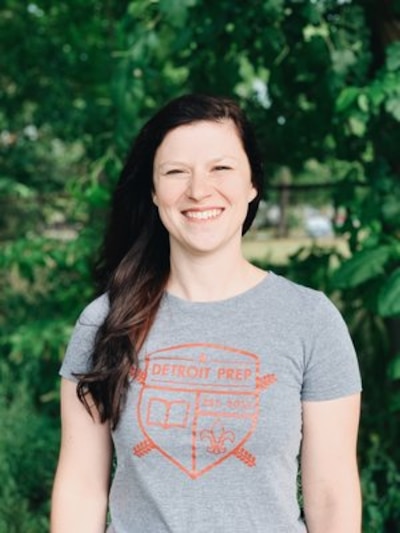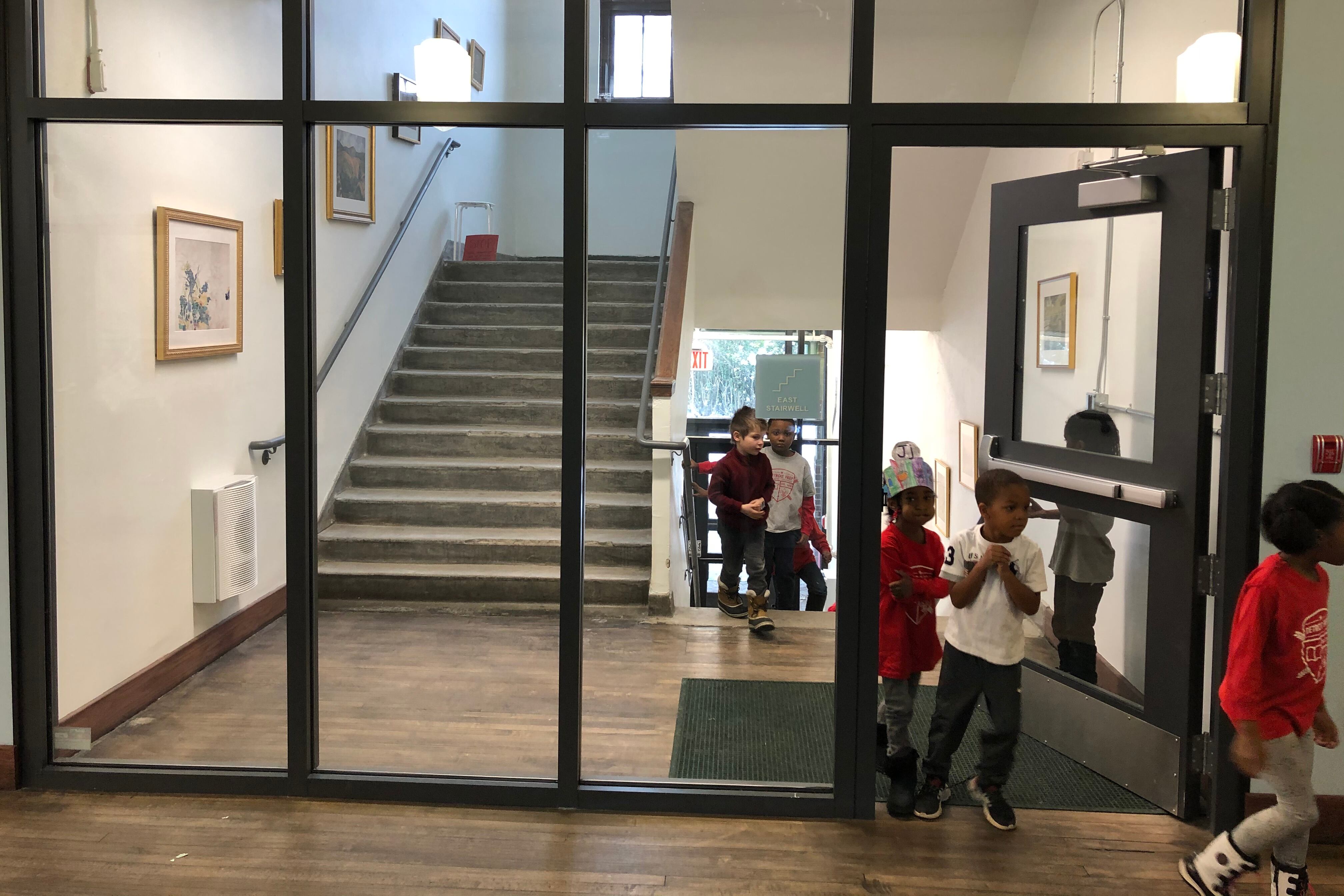As Lauren Ortega waited for the phone call, she couldn’t help but wonder if her student was OK.
Weeks later, she finally heard from the student’s family member: They were safe and doing their best to keep up with remote school work.
That story, versions of which played out across Detroit this summer, underscores how challenging it is for teachers to suddenly find themselves distanced from their students’ lives.
“It brings a really eerie feeling,” said Ortega, third grade teacher and fifth grade math curriculum coordinator at Detroit Prep, a small charter school. “It creates a sense of worry, of what’s happening in my student’s life? If i just drive by their house, will I see them?”
In seven years of teaching, Ortega has stood out for her ability to connect with students. She was chosen this year as Michigan’s winner of the National University System Sanford Teacher Award, which recognizes educators who help their students grow emotionally.

Ortega will receive $10,000 to support student development, and she is in the running for the national Sanford prize.
“Referring to the class as her ‘crew’ she urges her students to think of each other as a working community and not just a classroom,” reads a statement accompanying the award, which was decided before the coronavirus pandemic took hold in the United States. “Each morning she has her class go around the room and share one thing whether it be an opinion or a fact they want to tell the class.”
During an interview with Ortega earlier this summer, which has been lightly edited for concision and clarity, we discussed the lasting value of picture books, the importance of building connections in the classroom, and the pandemic’s effects on student learning.
How do you connect with your students?
We spend the first two months really doing relationship building with our students. That’s something that’s unique to our school. Through that time I do some identity [activities] where I get to hear how my students describe themselves, and I observe and watch how they interact with each other, and how they do things for themselves, and get to know what feeds their passion for learning.
It’s constant communication with them, and allowing them to be open and explore and ask questions with me.
One of my favorite activities to do with them is a mirror drawing. It gets them really uncomfortable. They sit face-to-face with someone else, and they have to draw that person without looking at what they’re drawing. It puts them into a place where they have to make eye contact and look at each other. But the best part is seeing when they’re done with it, how proud they are. They get excited about it. They feel proud of what they did, and they have an immediate connection with the person they drew.
What’s something you use in the classroom every day?
I read picture books. Even with my older students reading a picture book every single day has been part of my classroom for a long time.
How has coronavirus affected your relationships with students?
Seeing my students on Zoom daily, I could tell that sometimes some of them were sad. You could hear it in their faces or see it in their voice that they were having a hard time. Knowing that that was happening and not being able to be right there to help and give support was pretty difficult.
Eventually that call comes in that you’ve been waiting for them to return for weeks and weeks, it feels really good to know that they’re OK.
How do you see the return to school this fall?
Knowing that staff and community safety is at the forefront, I want to see my students in person and manage that somehow.
Just having that connection with them to start off the year, even if we face another school closure at some point next year. If we hit everything hard at the beginning of the year — we’re a team, and you can do this, and you can do hard things. Just to build that confidence in them that it will be okay
A lot of educators are worried that their children fell behind this spring. What kind of progress did your students make?
The biggest shining moment is the amount of responsibility I saw them take. All of a sudden, it wasn’t, “Ms. Lauren will help guide me through this.” It was, “I have to figure this out.”
They’re able to create routines for themselves and a structure for themselves to continue with their learning. I realized that they can do way more than I expect out of them.
We do student-led conferences with parents at the end of the year, and it was amazing to see how strong their reflections were on how important their learning is, and things that they do really well versus the things that they want to get better at.
How have kids’ attitudes toward school changed?
We kept coming back to, “How are you doing with your routine?” For example, one of my students was like, “In the morning, I put on my Detroit Prep t-shirt, and I’m in school mode.” Then he would take it off at the end of the day.
It was fun to see what they worked out for themselves.








